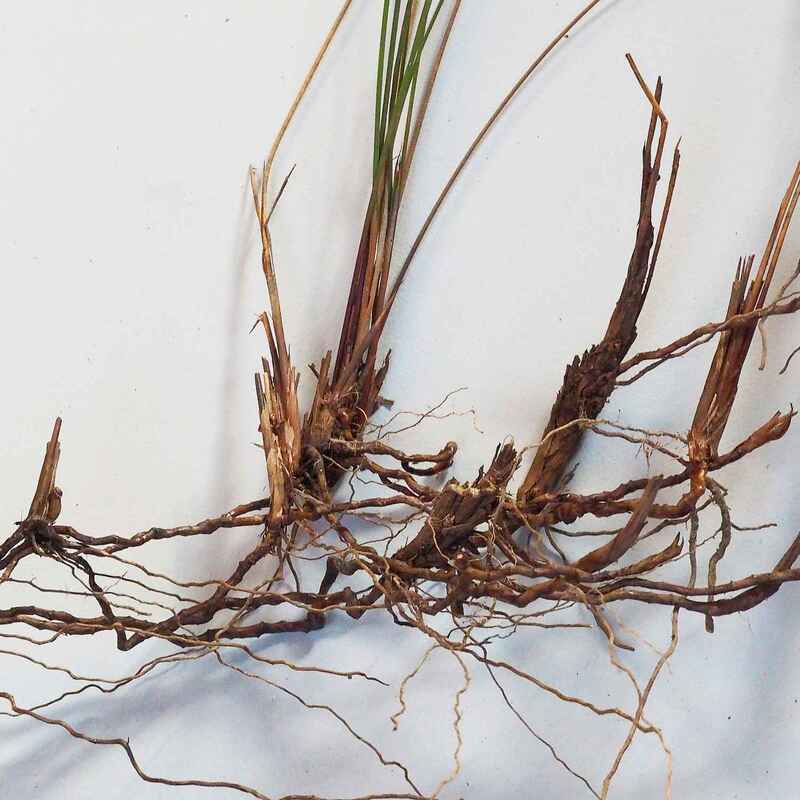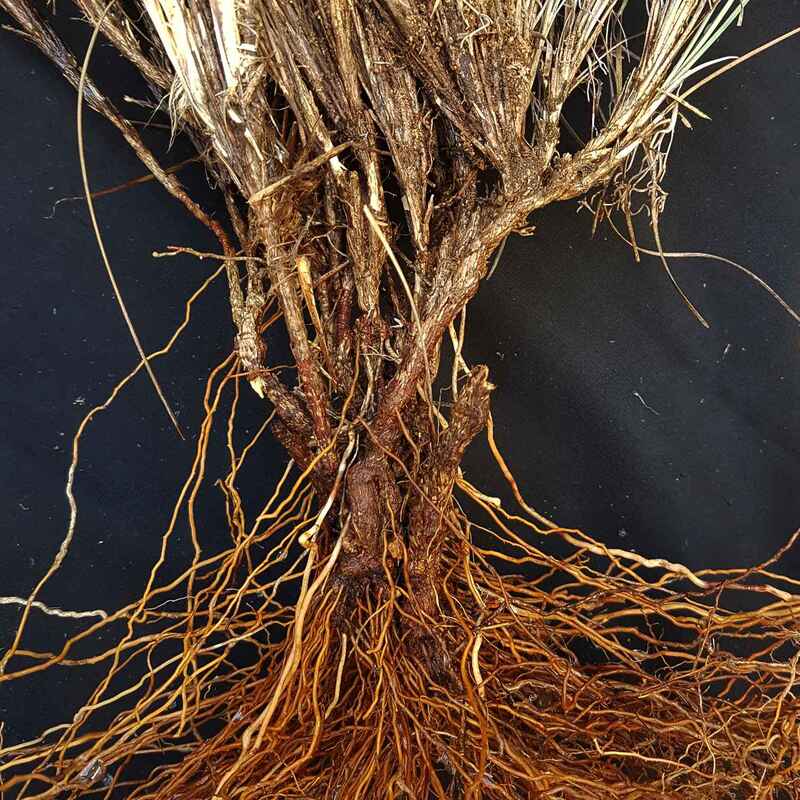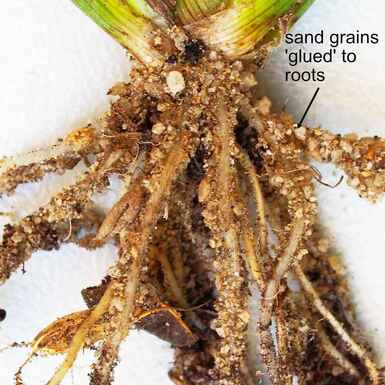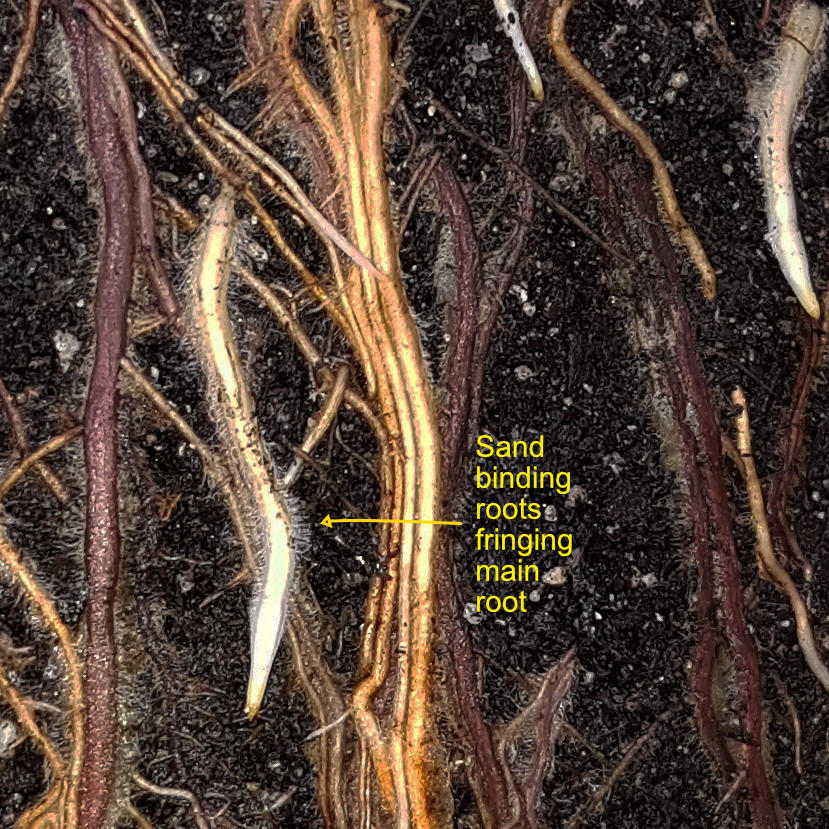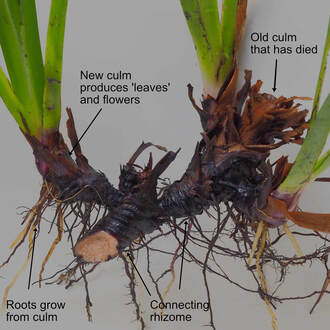
My journey into underground plant parts continues.
Rhizomes are basically underground stems, which are particularly common in monocotyledons. Domestic examples are your lawn, ginger and turmeric.
Basically, stem like roots radiate out from the seedling plant that have nodes at regular intervals. Each node sprouts roots and a vegetative shoot called a culm that forms a flower.
Rhizomes are common in the bush, particularly on sedges, rushes and native grasses. These plants can live for decades. The central parent plant often dies as clones radiate outwards to form a circle. Spinifex is a great example.
In the image of a yellow kangaroo paw from my garden, fleshy rhizomes store starch to maintain the plant over summer when the culms often die off, and to help produce new culms as flowers on the old ones mature and die.
• Ones with horizontal rhizomes that spread underground, which enables them to survive severe fires. Members of this group have the fleshy rhizomes and often occur in large patches.
• Ones with more vertical rhizomes that form very clumpy plants that are less fire tolerant. These tend to be more common in less fire-prone areas like wetlands and may have other features that protect them from fire.
